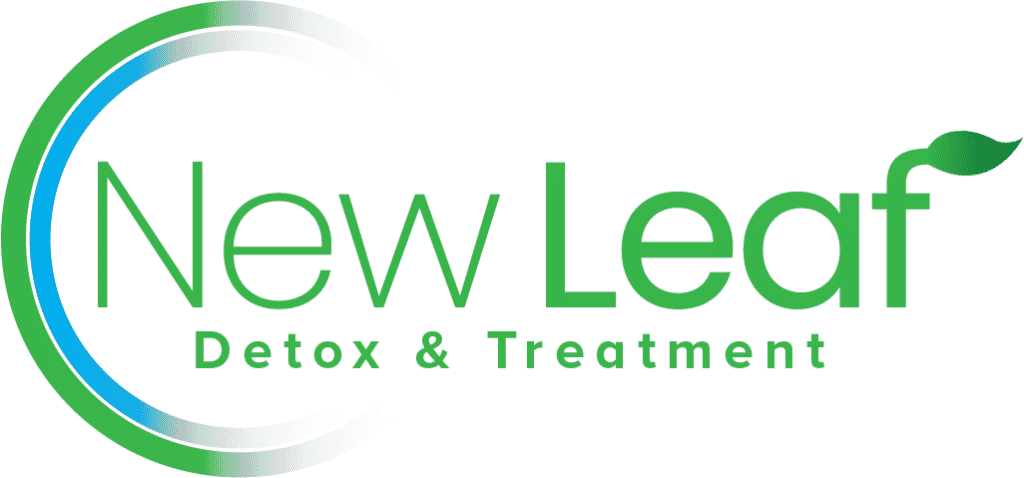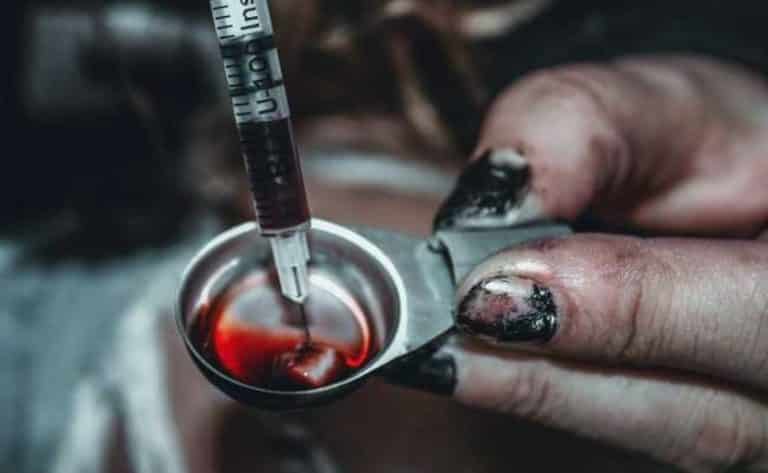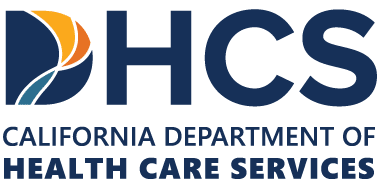The dangers of many drugs like heroin and cocaine have become common knowledge. But there is a new type of drug that is equally dangerous: designer drugs.
Also known as research chemicals, or RC’s, designer drugs fall into a legal gray area. To the uninformed, they seem like a cheap, easy high. The fact that you can order them legally may even offer the illusion of safety.
But most RC’s have not been tested for human consumption. Many users find out too late that these experimental drugs are far more dangerous than they could have ever imagined.
One of the most notorious RC drugs is known as U-47700, a.k.a. U-4. Read on to find out why this is one of the most deadly and addictive substances in the world of designer drugs.
What is U-47700?
U-47700 is a synthetic opioid that was first produced in the 1970s. It is sold as a powder or capsule.
While some sources refer to U-47700 by the street name “pink” or “pink heroin” it can be different colors depending on the lab that produced it, and cannot be identified by color.
U-47700 was first classified as a Schedule 1 drug by the Drug Enforcement Administration in 2016. Before then, it was legal to purchase. Many used it as an alternative to heroin, only to find it was more addictive, with worse side effects.
Although it is now illegal and harder to find, similar drugs are still available. New designer drugs are made and distributed before lawmakers are even aware of them.
What Are the Dangers of U-47700?
Users build a rapid tolerance to U-47700. Some users report that even by their second day of use there is a dramatic decrease in positive effects. This causes users to need exponentially more each use to chase that first high. Soon, the same amount that could keep a user satisfied for weeks will only last a few hours or even minutes.
Meanwhile, negative effects mount quickly. Because it is so potent, the withdrawal symptoms and toxic toll associated with all opiates appear sooner and much worse with U-47700. This includes flu-like symptoms like vomiting, joint pain, muscle pain, fatigue, headaches, and congestion.
Opiates can also cut off that part of your brain that regulates automatic functions like your breath and your heartbeat, leading to a fatal overdose.
U-47700 has the added danger of being caustic. This substance will eat away at human skin, wreaking havoc on any part of the body it touches.
Because the addiction ramps up so quickly, users will have to change up their route of administration (ROA). For example, if the user takes U-47700 through the nose, their nasal passage will soon become so damaged that it will become impossible to use.
A user in this situation may be forced to move on to a more dangerous ROA, like an intravenous injection. This leads to collapsed veins and nerve damage.
As the user tries to outrun their building tolerance to the drug, they begin to switch between ROA’s so quickly that no part of the body will have time to heal. If unchecked, each does will be more painful than the last, and permanent damage will ensue.
Finally, U-47700 produces a cross-tolerance to all other opiates. This means the efficacy of any opiates, not just U-47700, will decrease with equal rapidity.
Where Does U-47700 Come From?
U-47700 was invented in the 1970s. It was an experiential painkiller, meant to be a less-addictive alternative to morphine. However, after some animal trials were conducted, the drug was abandoned by doctors and was never made available commercially.
However, the patent that outlined the chemical structure remained available ever since, to anyone. This patent acted as an open-source recipe for a powerful and dangerous opiate.
If you were to purchase U-47700, there would be no telling where exactly it was produced and to what standards—if any, that production was held.
Many dealers mix or “cut” their product with other dangerous and addictive drugs, like fentanyl, cocaine, or tranquilizers. You never know how these drugs will interact with each other, further complicating the danger associated with these drugs.
Recovering From U-47700 Addiction
Like most opiate addictions, recovery from regular use of U-47700 will require help from a professional.
This usually entails a visit to a rehabilitation clinic, where the person in recovery can be monitored and given the education and resources they need.
Because U-47700 is physically addicitive, the withdrawal symptoms can be deadly, meaning it is not just difficult, but also dangerous for regular users to quit on their own.
This is why detox programs exist. They allow recovering addicts to bring their symptoms down to a safe level while being monitored by a team of medical professionals.
As they build a tolerance to opiates, many addicts keep using not to get high but to stave off the dreaded withdrawal symptoms. They can be so severe that surviving them feels impossible. While a rehab facility will not make overcoming an addiction easy, it will make it much more bearable.
A prescription of methadone or suboxone can help manage the physical withdrawal symptoms.
If You Need Help, Ask For It Now
U-47700 is an addictive and dangerous drug. If you started using U-47700 and now find that you can’t stop, there is help for you. Don’t count yourself out.
If you live in or near Orange County, CA, contact the team at New Leaf Detox & Treatment. They will offer you judgment-free, effective treatment for your addiction. It’s not too late!



